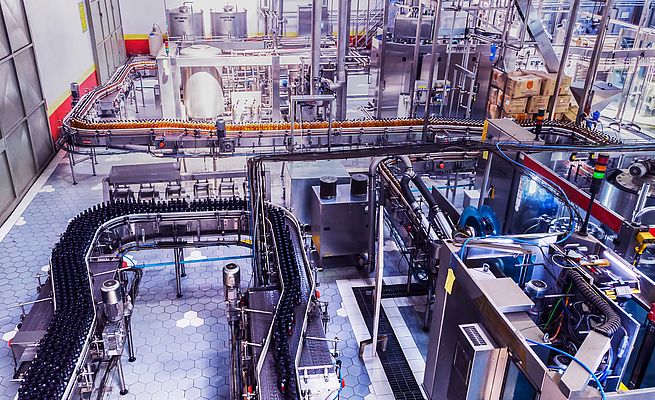The Connected Industries of the future are highly productive, flexible and responsive because of their ability to leverage the power of data, which can offer a unique understanding of what is happening on the factory floor in real-time. TSN can provide further support and help businesses create data-driven operations. The most emphasised feature of this technology is its ability to turn standard industrial Ethernet into a real-time communications system with extremely low jitter and latency.
More than simple determinism
TSN will make industrial Ethernet deterministic by design and provide the basis of converged networks. In effect, the technology is being defined by the IEEE 802.1 specifications, which will set up a common, unified solution. As a result, any user will be able to benefit from a highly reliable and responsive network, whose nature supports interconnectedness, independently of vendor-specific solutions. This ultimately ensures openness and interoperability among automation devices and systems, simplifying the creation of well-linked plants and enterprises.
Furthermore, TSN has the ability to bring different parts of an enterprise, such as the operational technology (OT) and information technology (IT) sectors closer together. The technology was originally developed for transferring audio and video streams in commercial applications. Only later, this solution has been looked at to support industrial automation systems. As a result, TSN applications in a given sector will be influenced by the developments in another segment, shaping and converging the future of the technology and industries themselves.
No doubt on TSN acceptance
Currently, the creation of TSN-based solutions is experiencing a growth phase and it is certainly a thrilling time for the technology specialists. Fieldbuses and conventional Ethernet have been established for many years. Now that the innovation of TSN is here, engineers are up for a new challenge as they develop new products with ground-breaking capabilities. It is truly inspiring to see how committed and motivated these teams are.
Proactive in the development of TSN solutions
As the key element of TSN is interoperability, specialists need to be willing to collaborate closely to develop suitable systems and migration solutions. Within such a framework, existing networks of key automation players, such as the CLPA, are on the right path and have a competitive advantage. Being part of the CLPA has always been extremely beneficial. In addition to being able to rely on a community of leading automation experts, we can be the first to develop TSN-compatible devices by utilising the CC-Link IE TSN specifications. This is the first network technology incorporating the innovative TSN standards that was released to the market. By offering the earliest solutions with TSN, we can enhance our role and acceptance in the automation sector, particularly in Asia, where the CLPA’s technologies are de facto standards. The first product appearing from HMS in mid-2021 will be the Anybus CompactCom for CC-Link IE TSN, which will allow device makers to easily implement this new promising technology.

















